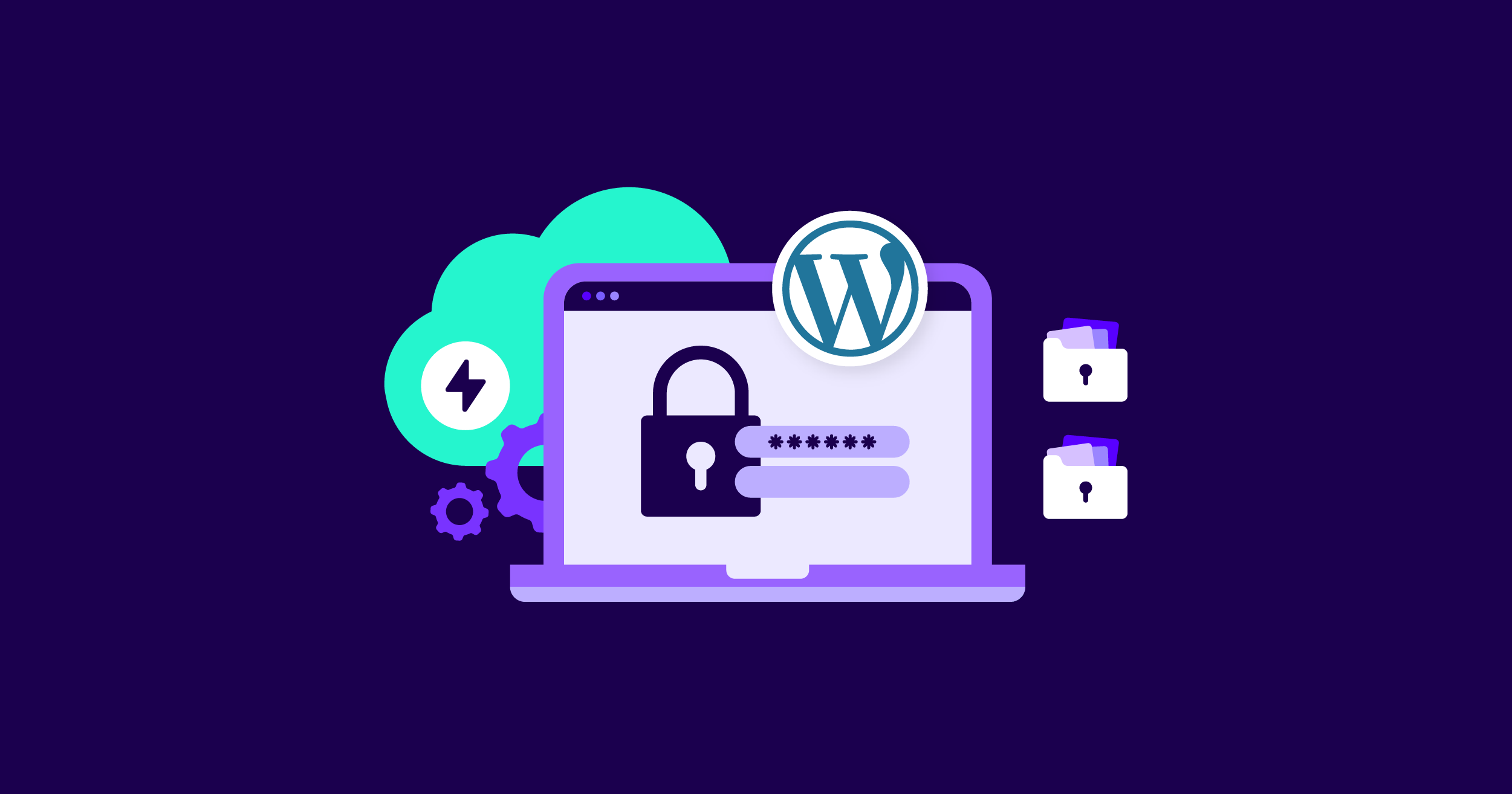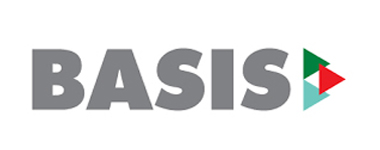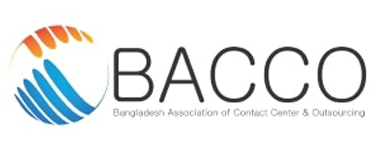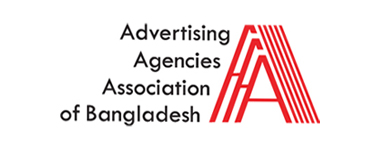WordPress Security: How to Secure Your Site from Hackers
- trendsbird
- July 27, 2024
- No Comments
The importance of WordPress security
Your website informs your visitors about who you are, the types of material and services you provide, and what they can anticipate from your brand. It’s a location to make a terrific first impression while also fostering trust and loyalty among existing fans.
That is why it is critical to maintain your website’s availability at all times. If it suddenly includes links to malware, becomes extremely slow after a hack, or goes offline entirely, it will harm your reputation.
If your website is hacked, you may lose money due to reduced views, sales, or ad impressions. There may be fees associated with returning it to proper functioning order. You may also lose search engine rankings—sometimes permanently. To save money.
Main Causes of WordPress Security Issues
Compromised Passwords
Brute force attacks are a common method used by hackers to gain unauthorized access to websites. Bots are used to attempt various username and password combinations at high speeds until the correct one is found.
Insecure Plugins and Themes
Plugins and themes with vulnerabilities provide an easy entry point for hackers. While reputable developers release regular updates to patch these vulnerabilities, many WordPress users do not update their sites frequently. Additionally, nulled versions of premium plugins and themes often contain backdoors, allowing hackers remote access to your site.
Weak Security Policies
Poor security practices, such as granting unnecessary access or using weak passwords, make it easier for unauthorized individuals to compromise your site.
WordPress Security Guide: 11 Steps to Secure Your Site from Hackers
1. Choose a Secure Host
Selecting a reputable hosting provider is crucial for security. Look for providers that offer regular backups, free SSL certificates, 24/7 support, built-in firewalls, and security scans. A good reputation and positive reviews are also important indicators of a secure host.
2. Keep WordPress Core, Themes, and Plugins Up to Date
Regularly updating your WordPress software, themes, and plugins is essential for security. New updates often include patches for vulnerabilities, so prompt updates reduce risk. Using trusted, multi-functional plugins can also minimize security risks.
3. Create Secure WordPress Usernames and Passwords
Use unique usernames and strong passwords with at least 20 characters, including uppercase and lowercase letters, numbers, and symbols. Set appropriate permissions for additional users and remove access for third parties once they have completed their work.
4. Set Up Off-Site Backups
Off-site backups are critical for recovery in case of site issues. Choose cloud storage for backups to ensure they are safe even if your server is compromised. Real-time backups are ideal for frequently updated sites. Jetpack Backup offers encrypted, multiple backups stored on secure servers.
5. Add Brute Force Attack Protection
Brute force attacks overload servers and compromise site information. Secure login information helps, but tools like Jetpack’s brute force attack protection can block suspicious IP addresses before they reach your site.
6. Scan for Malware and Security Issues
Automated malware and security scans are essential for identifying and addressing issues quickly. Jetpack Scan alerts you to suspicious activity and can fix many known hacks with a single click.
7. Implement Downtime Monitoring
Immediate action is required if your site goes down. Downtime monitoring tools can alert you to issues without the need to constantly check your site.
8. Delete Unused Plugins and Themes
Unused plugins and themes can be exploited by hackers. Regularly remove any that are not in use to reduce risk and improve site speed.
9. Turn on Two-Factor Authentication (2FA) for Administrators
2FA adds an extra layer of security by requiring both a password and a one-time-use code sent to a physical device. Jetpack offers free 2FA, which can be required for all users.
10. Set Up a WordPress Firewall
A WordPress firewall monitors and blocks suspicious traffic. A good firewall plugin uses a database of malicious IP addresses and bots to protect your site. Jetpack Security includes a web application firewall as part of its suite.
11. Keep an Eye on Your Site Activity
Maintaining a log of site activity helps identify suspicious actions and compromised accounts. In case of a hack, logs can reveal the time and nature of the attack, aiding in recovery.






 by
by